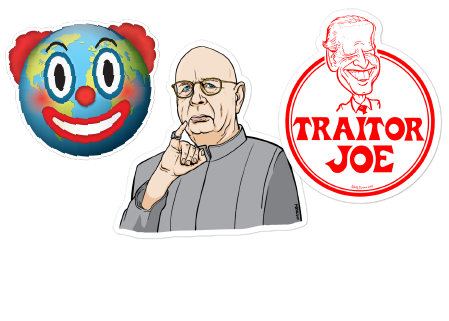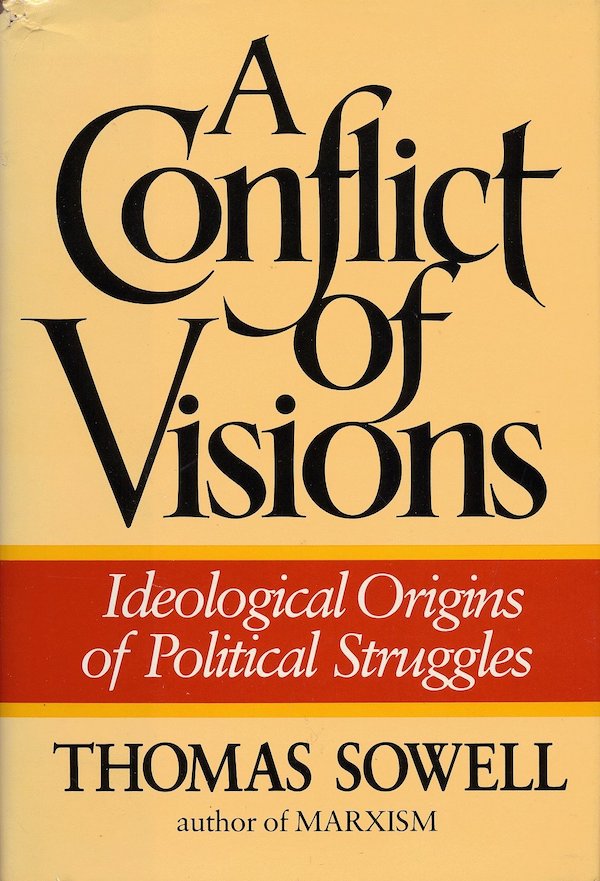Browse Categories
Add description, images, menus and links to your mega menu
A column with no settings can be used as a spacer
Link to your collections, sales and even external links
Add up to five columns
Add description, images, menus and links to your mega menu
A column with no settings can be used as a spacer
Link to your collections, sales and even external links
Add up to five columns
The Origins of Rightwing and Leftwing Politics
Navigate
Types
- Activewear
- AirPods Case
- Apron
- Baby One-Piece
- Backpack
- Bags
- Bandana
- Basketball Jersey
- Beach Bags
- Beanie
- Bedding
- Beer Glass
- Beer Glasses
- Blanket
- Booney Hat
- Bumber Sticker
- Button-Up Shirts
- Can Cooler
- Candles
- Canvas Wall Art
- Cloth Napkins
- Coasters
- Coffee
- Crewneck Sweatshirt
- Crop Top Sweatshirt
- Cutting Boards
- Design
- Dresses
- Duffle Bags
- Embroidered Apron
- Fanny Packs
- Fleece Pullover
- Flip Flops
- Framed Print
- Garden Flag
- Gift Card
- Glasswear
- Greeting Card
- Gym Bag
- Hat
- Hoodie Sweatshirt
- Hoodies
- Jacket
- Jersey
- Jigsaw Puzzles
- Kids
- Kids Hoodie
- Kids Leggings
- Knit Sweater
- Ladies Joggers
- Ladies Pajamas
- Ladies T-shirts
- Laptop Sleeve
- Leggings
- Magnets
- Men's Athletic Shirt
- Men's Joggers
- Men's Leggings
- Men's Swim Trunks
- mens
- Mens Shorts
- Mens Top
- Metal Print
- Mouse Pad
- Mousepads
- Mugs
- Neck Gaiter
- Notebook
- Notepad
- Ornament
- Pants
- Patch
- Performance Shirt
- Phone Case
- Pillow
- Pinback Buttons
- Polos
- Postcard
- Poster
- Rash Guards
- Rocks Glass
- Samsung Phone Case
- Shirts & Tops
- Shoes
- Socks
- Sports Bra
- Stainless Steel Tumbler
- Stickers
- Suitcases
- Sweatpants
- Swim
- Swimwear
- Tank Top
- Tapestries
- Throw Blanket
- Tote
- Towel
- Track Jacket
- Track Pants
- Travel Bottles & Containers
- Travel Mug
- Tumblers
- Underwear
- Vehicle Magnets
- Vest
- Wall Flags
- Water Bottle
- Wine Glass
- Wine Tumbler
- Women's Athletic Shorts
- Women's Shorts
- Wrapping Paper
- Yard
- Yard Sign
- Yoga Mat
- Youth Shirts
- Youth T-Shirt

We often hear the terms "rightwing" and "leftwing" thrown around in political discussions, but have you ever wondered how these labels came to dominate our political discourse? The story takes us back to the tumultuous days of Revolutionary France when the French Revolution was in full swing. The storming of the Bastille by an angry mob had just taken place, and it was a time of radical change.
As the revolution gained momentum, the National Assembly emerged as the governing body, tasked with creating a new constitution. One of the pivotal debates centered on the extent of power the king should hold. Should the king possess an absolute veto over laws passed by the new representational government, rendering him a powerful figurehead? Or should the king be stripped of his authority entirely? Some even advocated for more radical solutions, including executing the king.
During these heated debates, a unique seating arrangement emerged in the National Assembly. Those who supported an absolute veto for the king sat on the right side of the assembly's president, while those who leaned toward curbing the king's powers, including the more radical factions, occupied the left side of the president. In essence, the right side represented those favoring tradition and the existing order, while the left side housed those pushing for change and revolution.
These simple groupings on the right and left marked the origins of the terms we use today to describe political ideologies. This seating pattern quickly caught on and was adopted by newspapers and popular vernacular. The right came to symbolize conservative and traditional values, advocating for order, nationalism, gradual reform, and a reverence for social knowledge, often with skepticism toward government intervention in the economy. In contrast, the left aligned with collectivist ideals, notions of non-individualist justice, and support for government intervention to address economic disparities and social issues.

The terms left and right continued to evolve in different contexts. For example, during the Bolshevik era in the Soviet Union, they took on new meanings, often relating to the level of adherence to the Communist party line. People who deviated from this line were labeled as left-wing or right-wing deviationists. In the interwar years in Europe, as politics became polarized, left and right were frequently invoked when discussing issues related to nation and class.
Interestingly, the terms didn't find common usage in American vernacular until the 20th century. They became more prominent in the 1920s. However, during the mid-20th century, individuals who might have identified as leftists began to distance themselves from the labels. This shift was influenced by factors such as the New Deal era under President Franklin D. Roosevelt, which embraced a more liberal approach, and the Red Scare and Cold War period, which led many to conceal their socialist or communist leanings due to the fear of persecution.
Thomas Sowell, a renowned economist, social theorist, and prolific author, has made significant contributions to our understanding of political and economic ideologies. One of his notable works, "A Conflict of Visions: Ideological Origins of Political Struggles," delves into the fundamental differences between left and right ideologies, offering valuable insights into their core beliefs and worldviews.
In "A Conflict of Visions," Sowell introduces a thought-provoking framework to analyze political ideologies, which he calls the "Unconstrained Vision" and the "Constrained Vision." This framework provides a lens through which we can examine the core principles of both left and right perspectives.
The Unconstrained Vision, as articulated by Sowell, is associated with left-leaning or progressive ideologies. It is characterized by the belief in the perfectibility of human nature and society. Those who hold this vision tend to have a utopian outlook, believing that with the right social engineering and government intervention, society can be shaped into an ideal, just, and harmonious state. The Unconstrained Vision sees human beings as inherently good, and any flaws in society are attributed to external factors that can be remedied through intervention.
In contrast, the Constrained Vision aligns more closely with right-wing or conservative ideologies. This perspective acknowledges the inherent limitations of human nature and society. It is skeptical of radical social engineering and prefers to rely on established institutions and traditions. Those who adhere to the Constrained Vision recognize that perfection is unattainable and that attempts to achieve it may lead to unintended negative consequences. This vision sees human beings as flawed and prone to imperfection, emphasizing the importance of constraints on power and individual freedom.
Sowell's analysis sheds light on the fundamental philosophical differences between left and right ideologies. The Unconstrained Vision leans toward collectivist and interventionist policies, while the Constrained Vision advocates for limited government and individual liberty. By understanding these underlying principles, we gain a deeper appreciation of the complexities of political struggles and the underlying visions that drive them.
A Conflict of Visions Ideological Origins of Political Struggles
Subscribe
Sign up to get the latest on sales, new releases and more …




